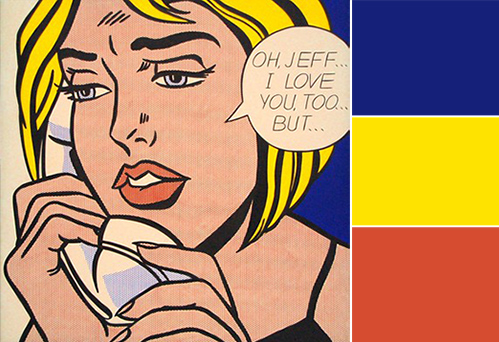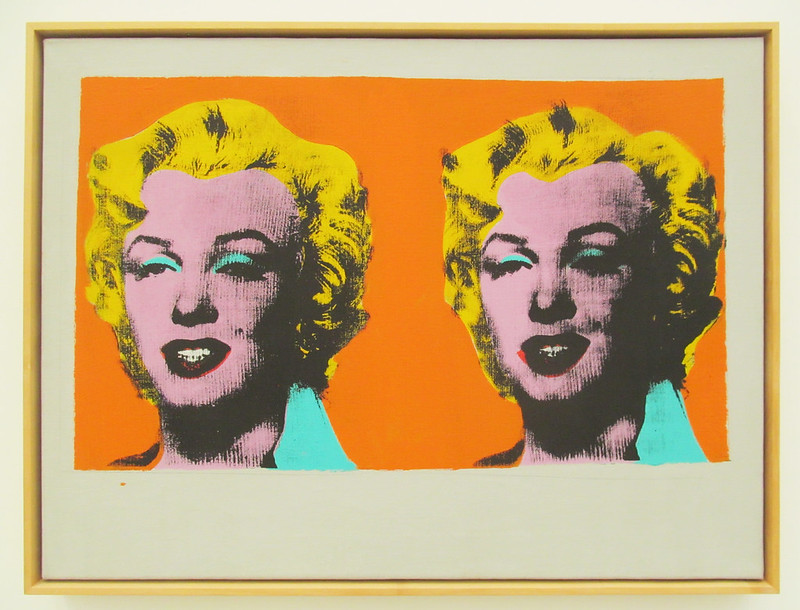Pop Art and Cubism are two of the most popular artistic movements of the 20th century. Both fuelled by a need for a change they have more in common than one can expect.
While Pop Art is known by its bright colors, defined line works and some kind of iconic element used as the main subject, cubist painters were not bound to copying form. Instead, they presented a new reality in paintings that depicted radically fragmented objects.
To give you a better idea about the differences between cubism and pop art, we have compiled a TON of information with five stark differences to look at.
Difference between pop art and cubism
POP ART
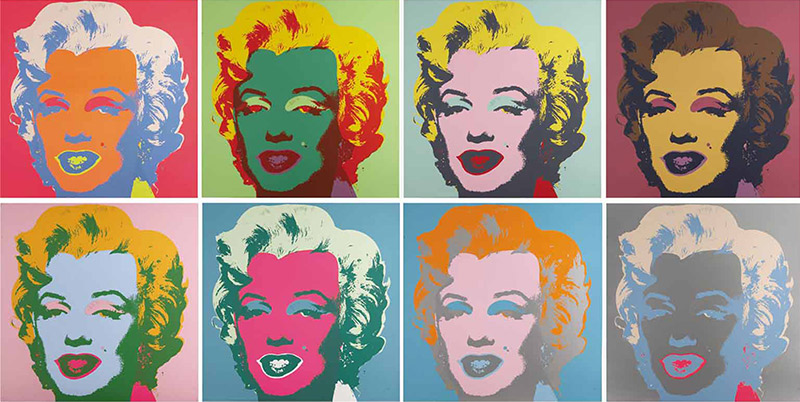
Undoubtedly, Pop-Art emerged in both New York and London during the mid-1950s. Becoming the dominant avant-garde style until the late 1960s. In the United States, pop art was a response by artists. They used impersonal, mundane reality, irony, and parody to “defuse” the personal symbolism and “painterly looseness” of abstract expressionism.
This movement aimed to solidify the idea that art can draw from any source, and that no hierarchy could disrupt this. The bright colour schemes also enabled this form of avant-garde art to emphasise certain elements in contemporary culture.
Pop Art helped to narrow the division between the commercial arts and the fine arts. It was the first Post-Modernist movement (where medium is as important as the message) as well as the first school of art to reflect the power of film and television, from which many of its most famous images acquired their celebrity. Common sources of Pop iconography were; advertisements, consumer product packaging, photos of film-stars, pop-stars and other celebrities, and comic strips. Famous Artists of this movement include, Andy Warhol and Roy Lichtenstein.
Cubism
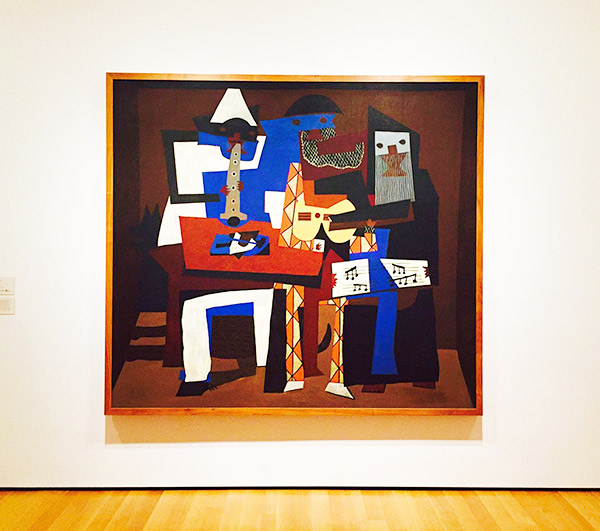
Cubism emerged in in Paris between 1907 and 1914. The Cubist painters rejected the inherited concept that art should copy nature, or that artists should adopt the traditional techniques of perspective, modeling, and foreshortening. They wanted instead to emphasize the two-dimensionality of the canvas. In order to achieve that, they reduced and fractured objects into geometric forms. And then realigned these within a shallow, relieflike space.
Differences between pop art and cubism
Colour
Pop Art
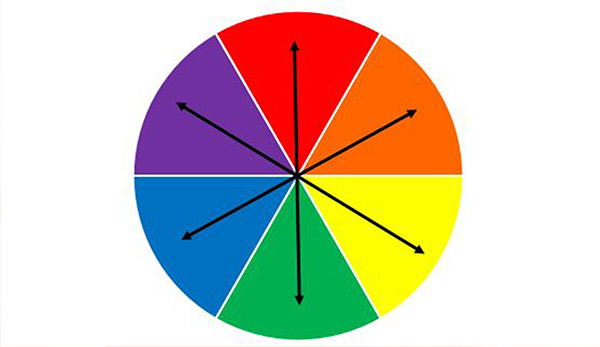
Pop art is characterized by vibrant, bright colors. Primary colors red, yellow, and blue were prominent pigments that appeared in many famous works, particularly in Roy Lichtenstein’s body of work.
Cubism
Cubism is known by the use of a nearly monochromatic scale (hues of tan, brown, gray, cream, green, or blue were preferred). This is intencional, in order not to distract the viewer from the artist’s primary interest—the structure of form itself.
Forms
Pop Art
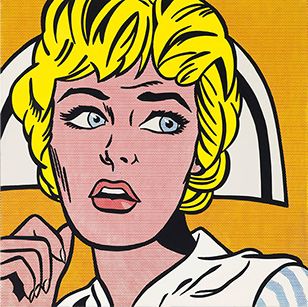
The main inspirations of pop art are regular items we use in our day-to-day lives. A water bottle, tumbler, mobile phone, anything could be an inspiration for an artist of this genre. The motive is to connect with the viewer on a fundamental level. Consequently, when a person sees an item he or she uses regularly, he is able to relate with the image quickly.
Cubism
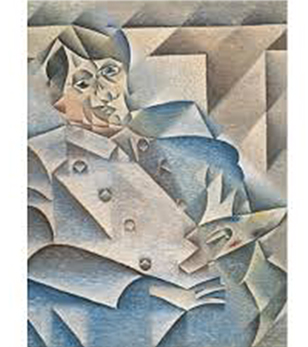
In Cubist work up to 1910, the subject of a picture was usually discernible. Although figures and objects were dissected or “analyzed” into a multitude of small facets, these were then reassembled, in order to evoke those same figures or objects.
Techniques
Pop Art
Many Pop artists engaged in printing processes, which enabled them to quickly reproduce images in large quantities. Andy Warhol used silkscreen printing. Roy Lichtenstein used lithography, or printing from a metal plate or stone, to achieve his signature visual style. Mixed media and collage also got popular among this style. Artists as Tom Wesselmann and Richard Hamilton combined seemingly disparate images into a single canvas to create a thoroughly modern form of narrative.
Cubism
Cubism abandoned traditional notions of perception. It aimed to represent solidarity and volume in a three-dimensional plane without converting the two-dimensional canvas. The outcome was to be of intellectual vision rather then spontaneous. “The aim of Analytical Cubism was to produce a conceptual image of an object, as opposed to an optical one”
Important dates
Pop Art
Late 1940s to the mid- to late-1950s The movement presented a challenge to traditions of fine art by including imagery from popular and mass culture, such as advertising, comic books and mundane mass-produced cultural objects.
Although pop art began in the early 1950s, in America it was given its greatest impetus during the 1960s. In December 1962 The term “pop art” was officially introduced.
Cubism
Cubism emerged between 1907 and 1911.
Early Cubism: 1909–1914 here was a distinct difference between Kahnweiler’s Cubists and the Salon Cubists. Prior to 1914, Picasso, Braque, Gris and Léger (to a lesser extent) gained the support of a single committed art dealer in Paris, Daniel-Henry Kahnweiler. He guaranteed them an annual income for the exclusive right to buy their works.
Crystal Cubism: 1914–1918 A significant modification of Cubism was born due to a shift towards a strong emphasis on large overlapping geometric planes and flat surface activity.
Cubism after 1918: The most innovative period of Cubism was before 1914. After World War I, with the support given by the dealer Léonce Rosenberg, Cubism returned as a central issue for artists, and continued as such until the mid-1920s.
Geographic area
Pop Art
Pop-Art emerged in both New York and London during the mid-1950s becoming the dominant avant-garde style until the late 1960s. In the United States, pop art was a response by artists.
By contrast, the origins of pop art in post-War Britain, while employing irony and parody, were more academic. Britain focused on the paradoxical imagery of American pop culture as powerful, manipulative symbolic devices that were affecting whole patterns of life. Fuelled by American popular culture when viewed from afar, early pop art in Britain was a matter of ideas.
Cubism
Cubism, was created between 1907 and 1914 in Paris. Principally by Pablo Picasso and Georges Braque. The Cubist style emphasized the flat, two-dimensional surface of the picture plane, rejecting the traditional techniques and refuting time-honoured theories that art should imitate nature.
Famous Artists
Cubism
Notoriously, Pablo Picasso, Braque, Gris, Léger, Gleizes, Metzinger, Stuart Davis and the Englishman Ben Nicholson are some of the most important cubist painters.
Pop Art
Andy Warhol, Tom Wesselmann, Richard Hamilton , Jasper Johns, Roy Lichtenstein were the principal names behind this movement.
Conclusion
- Pop Art emerged in the mid-1950’s while cubism was created between 1907 and 1914
- Pop Art uses bright colors. Cubism, in the other hand prefers the use of a nearly monochromatic scale
- Cubism was born in Paris, moreover Pop Art was born in the U.S.
- While Cubist painters rejected the inherited concept that art should copy nature, Pop Artists seek inspiration on regular items we use in our day-to-day lives.
